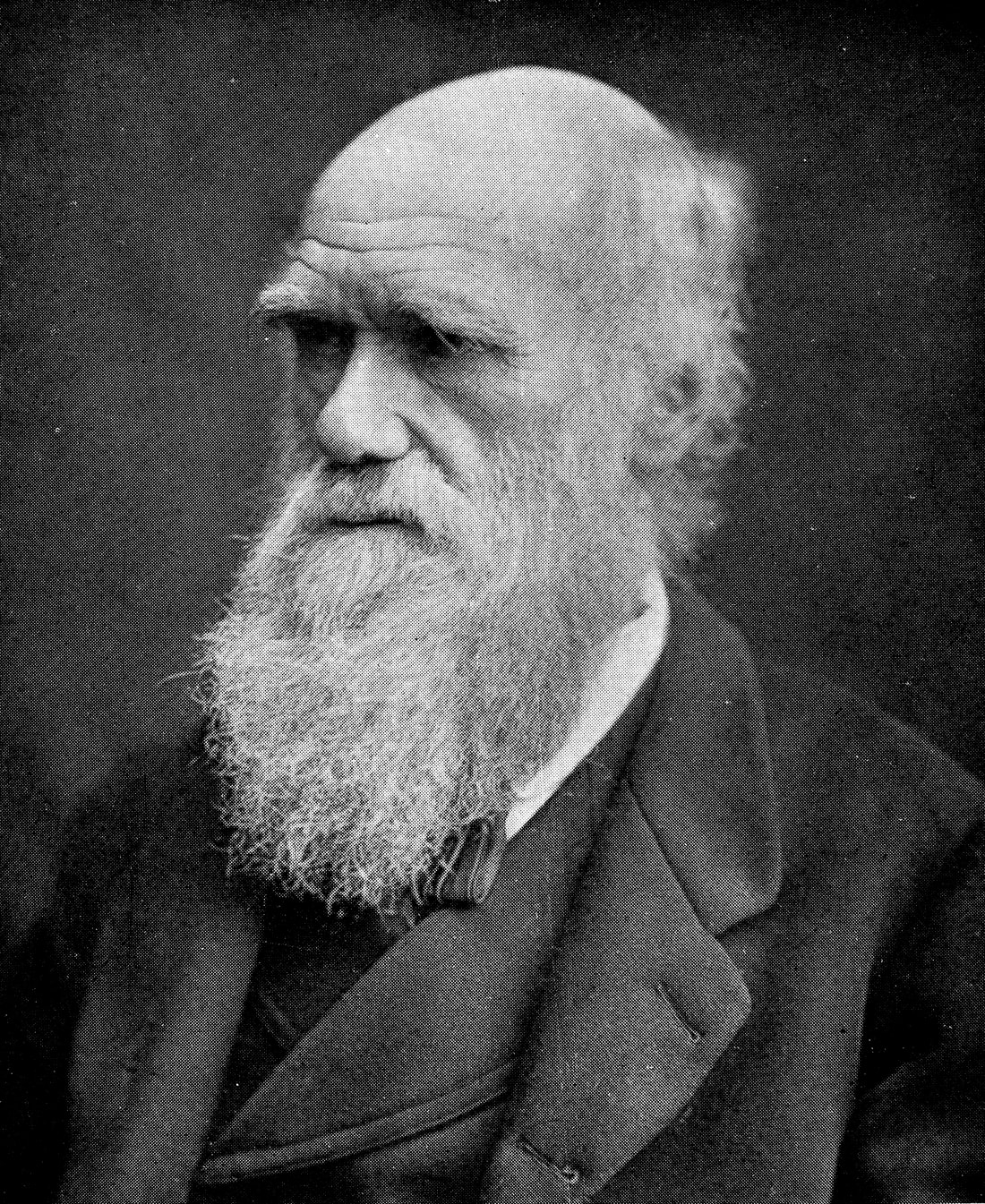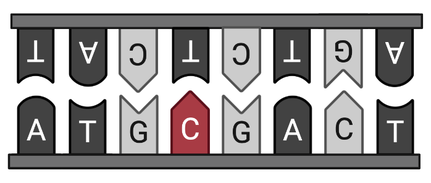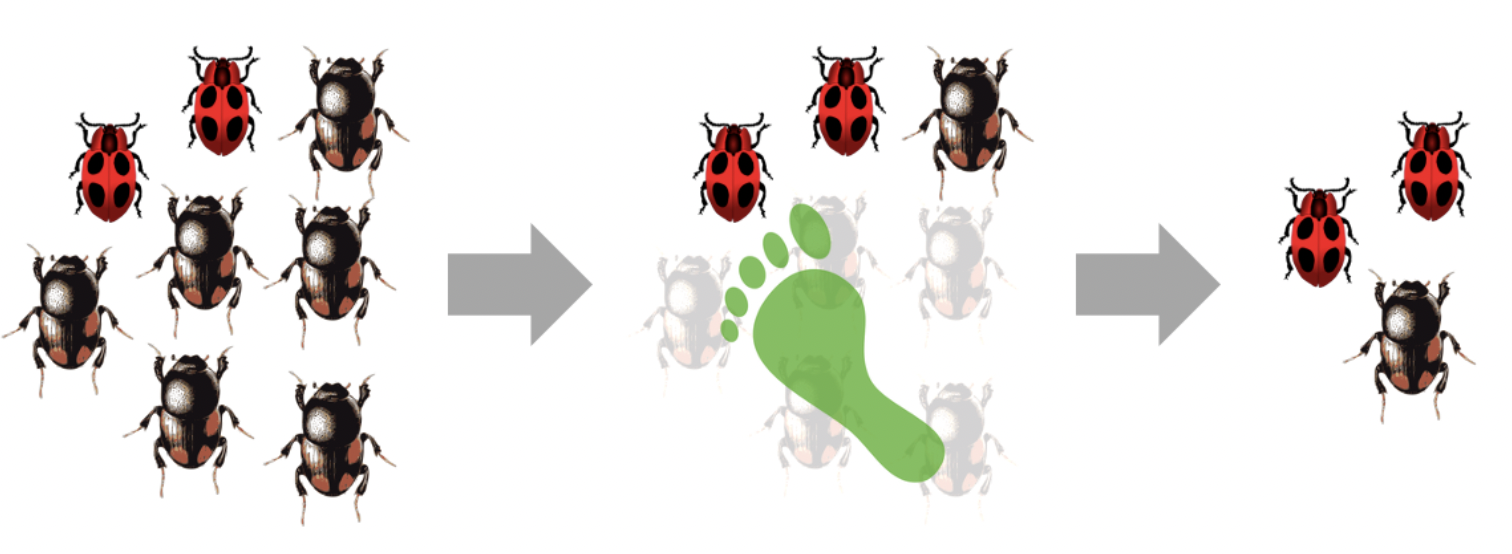|
Evolution is a process that explains how living things change over time. It's like a slow and gradual journey of species adapting to their environment to survive better. Imagine you have a family tree, where each generation is slightly different from the one before. In a similar way, over many generations, plants and animals can change in small ways, like their appearance or behavior.
The main idea behind evolution is "survival of the fittest." It means that the individuals with traits that help them survive and reproduce in their environment are more likely to pass on those traits to their offspring. Over time, these helpful traits become more common in the population, and the species can become better suited to their surroundings. Evolution can happen through different mechanisms, like natural selection and genetic drift. Natural selection occurs when certain traits give an advantage, such as camouflage for protection or longer legs for faster running, making it easier for individuals to survive and pass on their genes. As species adapt to their changing environments, they may become different enough from their ancestors that they eventually become new species. This process takes a very long time, often millions of years. Scientists study fossils, genetics, and the way species are distributed around the world to learn more about evolution. Understanding evolution helps us appreciate the incredible diversity of life on Earth and how all living things are connected through this amazing journey of change and adaptation. |
|
|
Darwin and the Theory of Evolution by Natural Selection
Charles Darwin was an English naturalist whose work revolutionized our understanding of how life evolves. His landmark book, "On the Origin of Species," introduced the concept of natural selection as the driving force behind evolution. Darwin's observations during his scientific journey on the HMS Beagle led him to propose that species change over time through the process of "survival of the fittest." Individuals with advantageous traits in a particular environment are more likely to survive and pass on those traits to their offspring, leading to the gradual adaptation and diversification of species. Natural selection is a fundamental concept in evolution. It describes the process by which certain traits become more or less common in a population over time. In nature, individuals within a species show variation in their traits. Some of these traits may provide an advantage in surviving and reproducing in a specific environment, while others may be less advantageous. As a result, individuals with advantageous traits are more likely to survive, reproduce, and pass on those traits to their offspring. Over many generations, the frequency of these advantageous traits increases in the population, while less advantageous traits become less common. This leads to the gradual adaptation of the species to its environment, as those with beneficial traits are better suited for survival and reproduction. Natural selection is a key mechanism that drives the diversity and complexity of life on Earth. |
Evolution is a change in the frequency of alleles in a population over time.
|
Requirements for Natural Selection:
1. Variation: Within a population of organisms, there must be individual variation in traits. These traits can be physical characteristics, behaviors, or genetic differences. Variation means that not all individuals are identical; instead, they show differences in how they look, act, or function.
2. Heritability: The traits that show variation must be heritable, meaning they can be passed from parents to their offspring through genetic inheritance. If a particular trait is not passed on to the next generation, it cannot influence the population's evolution through natural selection.
3. Differential Reproduction: In any given environment, some traits will provide advantages to individuals, making them more likely to survive, reproduce, and pass on their advantageous traits to their offspring. This creates differential reproductive success, where individuals with certain traits have more offspring than those with less advantageous traits.
When these three components are present in a population, natural selection can occur. Over time, the advantageous traits become more common in the population, and the population as a whole becomes better adapted to its environment. This process drives the evolution of species, as they gradually change and adapt to their surroundings through the selective pressures of natural selection.
1. Variation: Within a population of organisms, there must be individual variation in traits. These traits can be physical characteristics, behaviors, or genetic differences. Variation means that not all individuals are identical; instead, they show differences in how they look, act, or function.
2. Heritability: The traits that show variation must be heritable, meaning they can be passed from parents to their offspring through genetic inheritance. If a particular trait is not passed on to the next generation, it cannot influence the population's evolution through natural selection.
3. Differential Reproduction: In any given environment, some traits will provide advantages to individuals, making them more likely to survive, reproduce, and pass on their advantageous traits to their offspring. This creates differential reproductive success, where individuals with certain traits have more offspring than those with less advantageous traits.
When these three components are present in a population, natural selection can occur. Over time, the advantageous traits become more common in the population, and the population as a whole becomes better adapted to its environment. This process drives the evolution of species, as they gradually change and adapt to their surroundings through the selective pressures of natural selection.
|
|
Modes of SelectionThe three modes of natural selection are:
1. Stabilizing Selection: This mode of selection favors the average or intermediate traits in a population. It occurs when individuals with extreme traits are less likely to survive or reproduce, leading to a reduction in the variation of the trait over time. Stabilizing selection is common in stable environments where the average traits are well-adapted and provide an advantage. |
|
2. Directional Selection: In this mode, the environment favors individuals with traits at one extreme end of the spectrum. As a result, the frequency of the favored trait increases over time, leading to a shift in the population's overall trait distribution. Directional selection occurs when the environment changes or when a population migrates to a new habitat with different selective pressures.
3. Disruptive Selection: Disruptive selection favors individuals with extreme traits at both ends of the spectrum, while individuals with average traits are at a disadvantage. This can lead to the splitting of a population into two distinct groups, each with their own specialized traits. Disruptive selection is often associated with environments that offer distinct advantages to extreme traits and disadvantages to intermediate traits.
3. Disruptive Selection: Disruptive selection favors individuals with extreme traits at both ends of the spectrum, while individuals with average traits are at a disadvantage. This can lead to the splitting of a population into two distinct groups, each with their own specialized traits. Disruptive selection is often associated with environments that offer distinct advantages to extreme traits and disadvantages to intermediate traits.
|
Other Evolution Mechanisms:
Mutation Mutations create new genetic variations in a gene pool by generating new alleles. In sexually reproducing species, the mutations that matter for evolution are those occurring in gametes since only these can be passed to offspring. Although the chance of a mutation in a given gamete is low, mutations provide the genetic variation required for other evolutionary forces to take effect. Therefore, while mutations alone may not significantly impact allele frequencies, they play a crucial role in facilitating other mechanisms of evolution. Gene Flow Gene flow occurs when individuals move into or out of a population, and it can have a significant impact on allele frequencies. If migration rates are high, the allele frequencies in both the population of origin and the population of destination may change. For example, during the Vietnam War in the 1960s and 1970s, many American servicemen overseas had children with Vietnamese women. When the servicemen returned to the United States after the war, they left copies of their genes behind in their offspring, which changed the allele frequencies in the Vietnamese gene pool. The change in allele frequencies doesn't have to be large, there just has to be a change. Genetic Drift Genetic drift is a random change in allele frequencies that happens in small populations. When only a few parents have a limited number of offspring, the allele frequencies in the offspring may differ by chance from those in the parents. It's similar to tossing a coin a few times; you might, by chance, get more or fewer heads or tails than the expected 50 percent. In small populations, allele frequencies can also drift by chance in the next generation, leading to changes over time. |
Mutations are changes to the DNA sequence. Mutations occur naturally during DNA replication.
Ultrabem, CC0, via Wikimedia Commons
|
Proudly powered by Weebly



